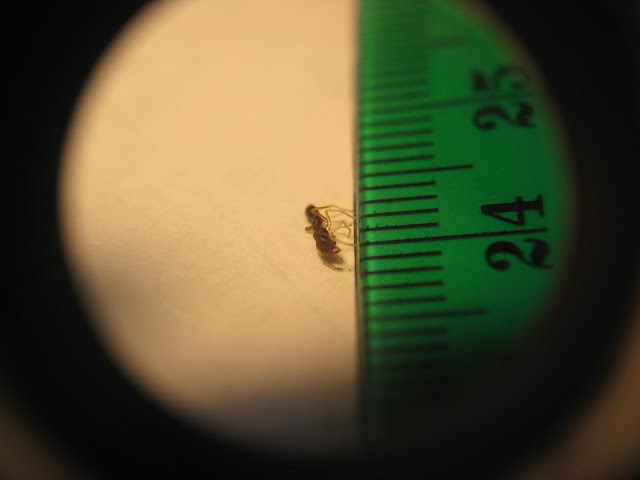Insects Galore: A guest blog for Explore the Outdoors

This post was written as a guest blog for Explore the Outdoors , a program started by the Ohio Department of Natural Resources that endeavors to educate people about the natural wonders of Ohio. I highly recommend that you check out their website--it has great information on outdoor activities and state parks and reserves you can visit in Ohio. You can see my original post here . Winter can be a beautiful time of year (when the weather deigns to give us snow), but if you're like me, it can also be pretty dreary for one important reason: there aren't many insects about. Sure, you might get lucky and find some stink bugs crawling around inside your house or come across a camel cricket or spider (not actually an insect, but an arachnid, of course) in your basement, but the assorted stragglers can't quite satiate the need to see our many-legged friends like the other seasons can. If you haven't noticed yet, this post is going to emphasize how amazing the insects and other t...



